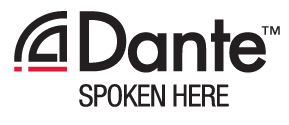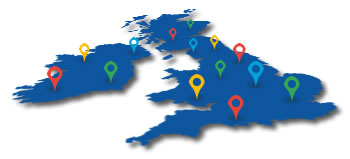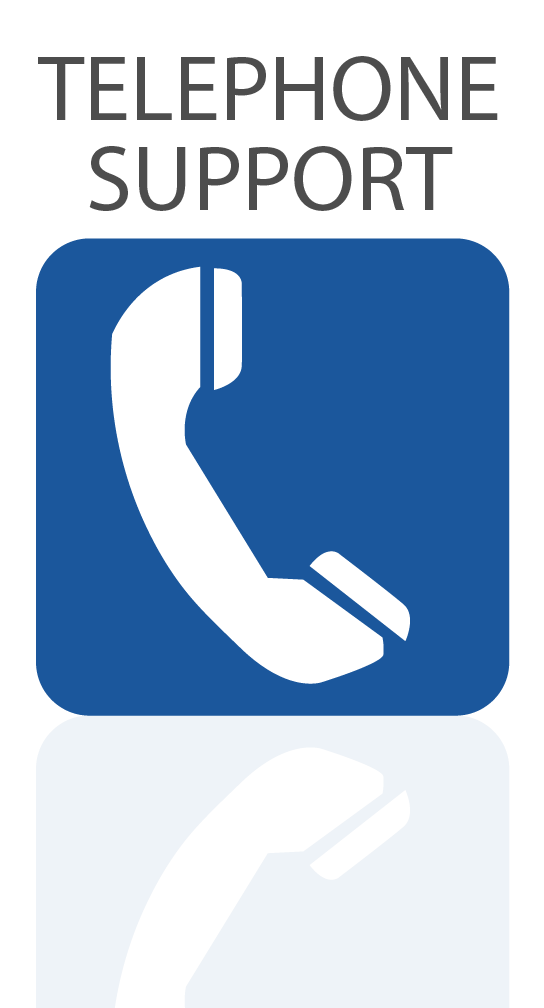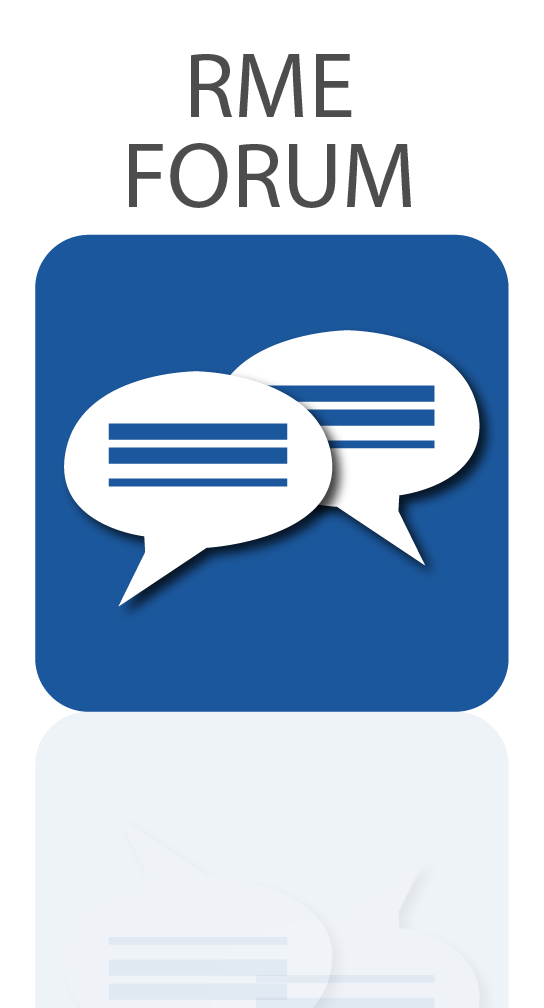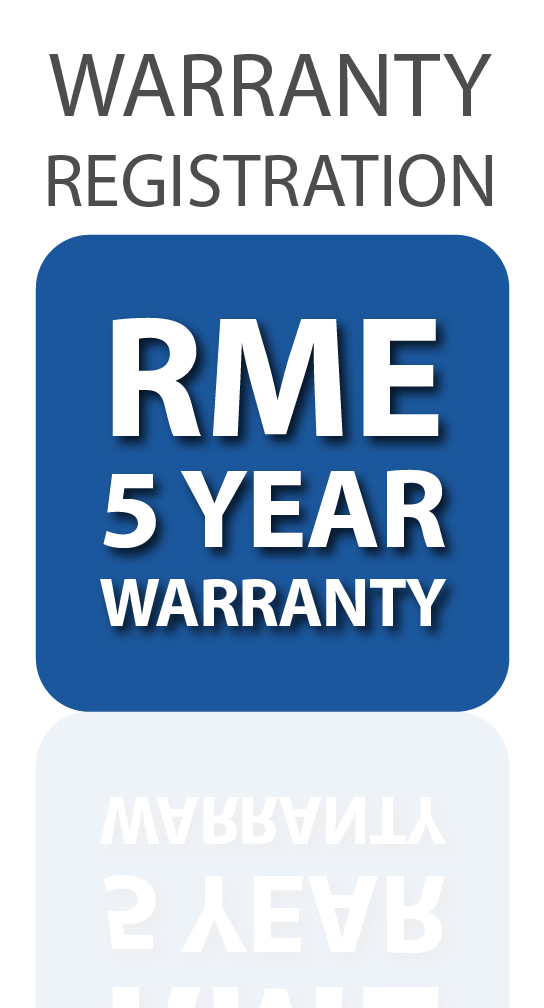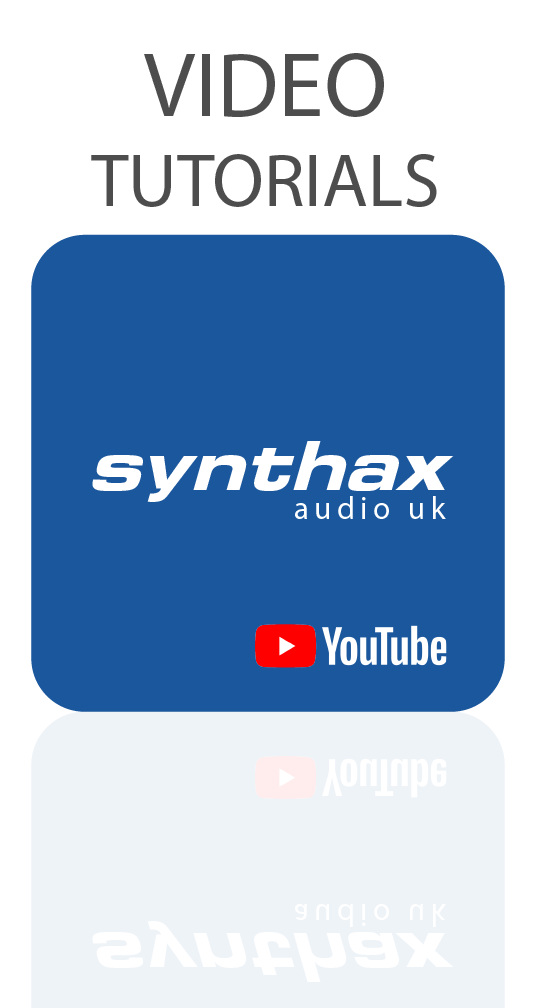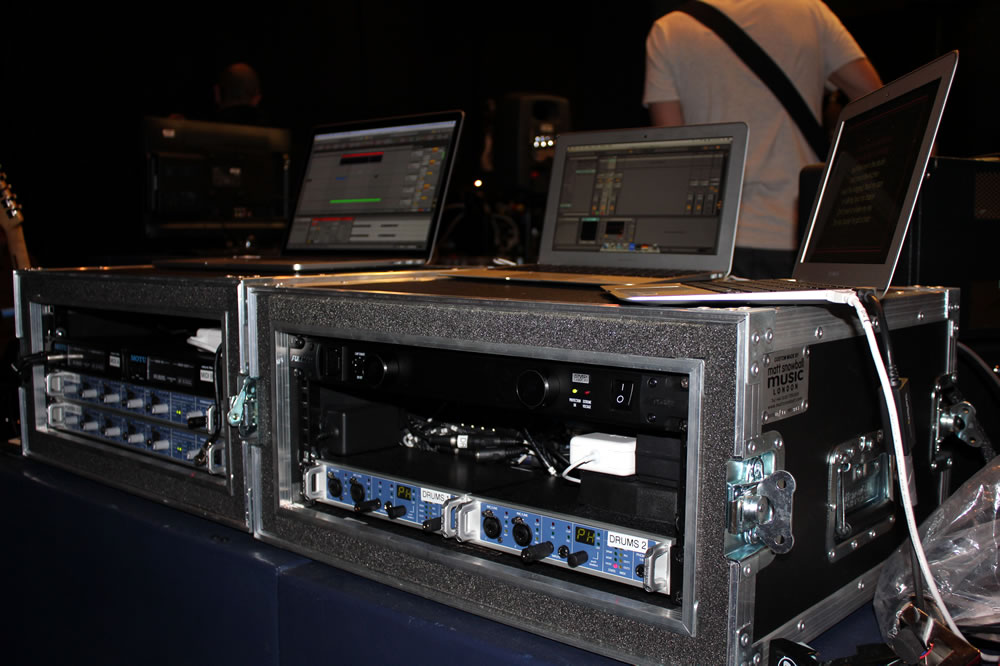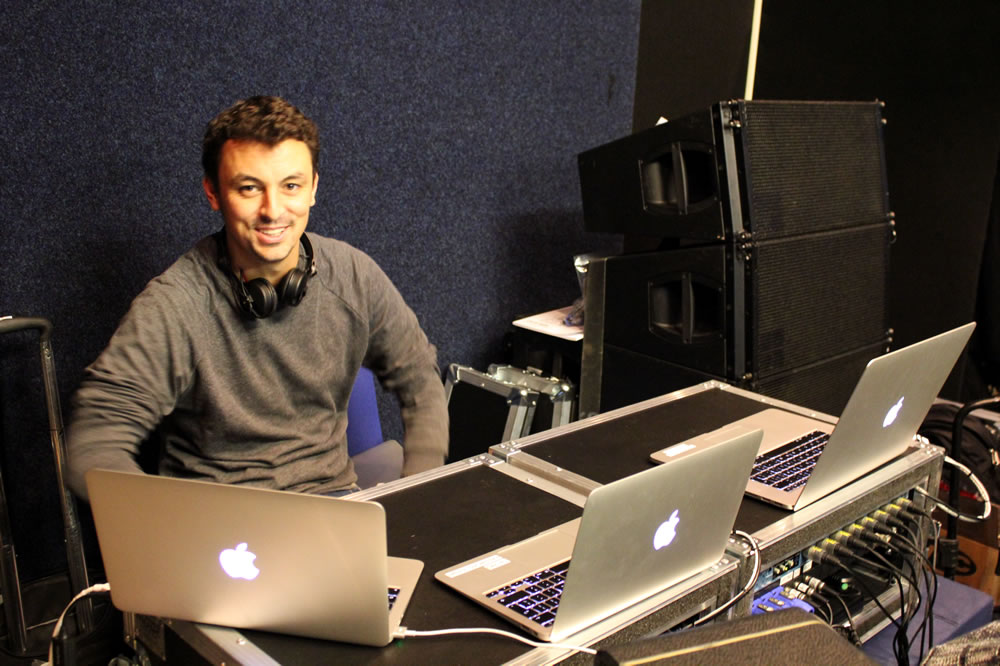Lily Allen was in rehearsals with her band last week, in preparation for public appearances to promote her new single “Air Balloon”, and then the festival season later in the year to support her third album release.
Martin and Jason were lucky enough to pop down to the rehearsals, and catch up with system tech Sean Lascelles (pictured below). When they got there, they found RME everywhere!
Sean explains: “I’ve spent the last four years touring as the main playback tech for Example, and I always chose RME solutions because of their reliability, their super low latency drivers, their sound and their general road worthiness. When the tour managers for Lily Allen called asking for my advice to build playback systems, RME was the obvious choice for me.”
He continues: “Of course most of what you’ll hear is the live band – guitar, bass, drums and keyboards. But we have a playback system which is feeding a few stems into the mix from a Mac Book Pro running Ableton, via an RME Fireface 800. We use a maximum of six channels into the mix, the other two analogue outputs of the Fireface carrying a click track for the drummer and a guide vocal for rehearsals.”
To guarantee his play back system is always running, Sean has specified an A and B mirrored solution, with two of everything, carrying identical audio. To start each song, the keyboard player only has to hit a pad on a dedicated Akai MPC, which then sends a MIDI start message to both computers. The computers start at the same time, and then if one fails they can be switched between in real time via a Radial analogue switcher. Sean says there is almost no click or noise generated by this switcher since he started using the RMEs. When asked about synchronisation between the two computers he said they are almost perfectly in synch just by starting at the same moment, and he prefers not to have the backup machine timecode synching to the master, because that way the B computer will DEFINITELY keep running even if the master fails.
In the rack next door there are another two RMEs. RME Fireface UCXs this time. These are the outputs for live drum sounds, which are either triggered from dedicated electronic pads, or from triggers on the acoustic kit. Sean said that almost every drum sound you’ll hear in the set has some element of drum sample, mixed in with the sound of the real kit. For this application it’s crucial that the Macs and RME UCXs are delivering sounds with the minimum latency possible, and once again the RME Fireface UCXs pass with flying colours.
The last piece of RME in the system is a newly delivered RME MADIface USB, which connects the monitor desk, a Digico SD10, directly to yet another Mac Book Pro, for recording the gigs, and also for virtual soundchecking.
So, if you are lucky enough to attend a Lily Allen gig during 2014, or pick up a live recording, you’ll certainly be listening to a lot of RME!
More info: Lily Allen Website







